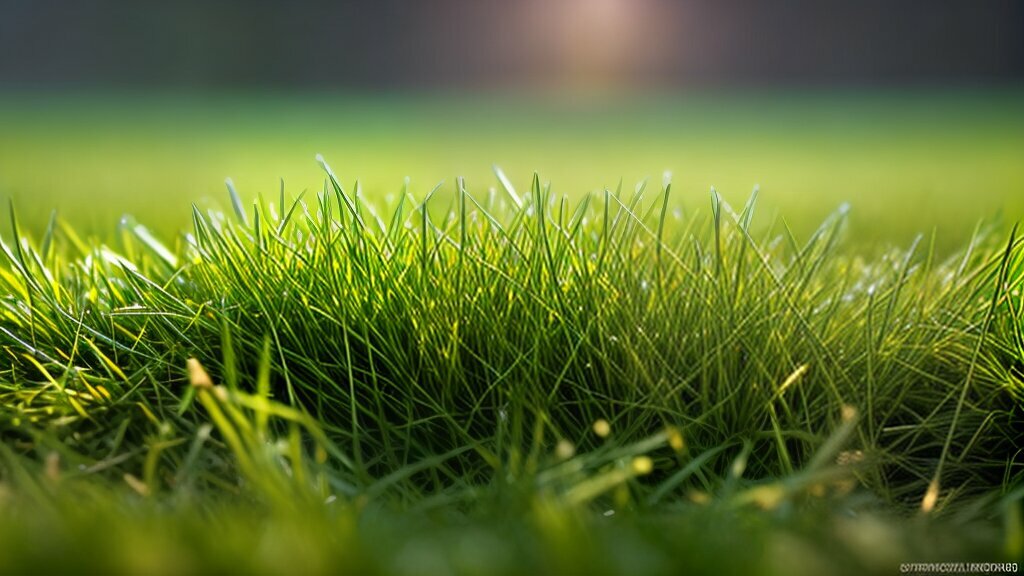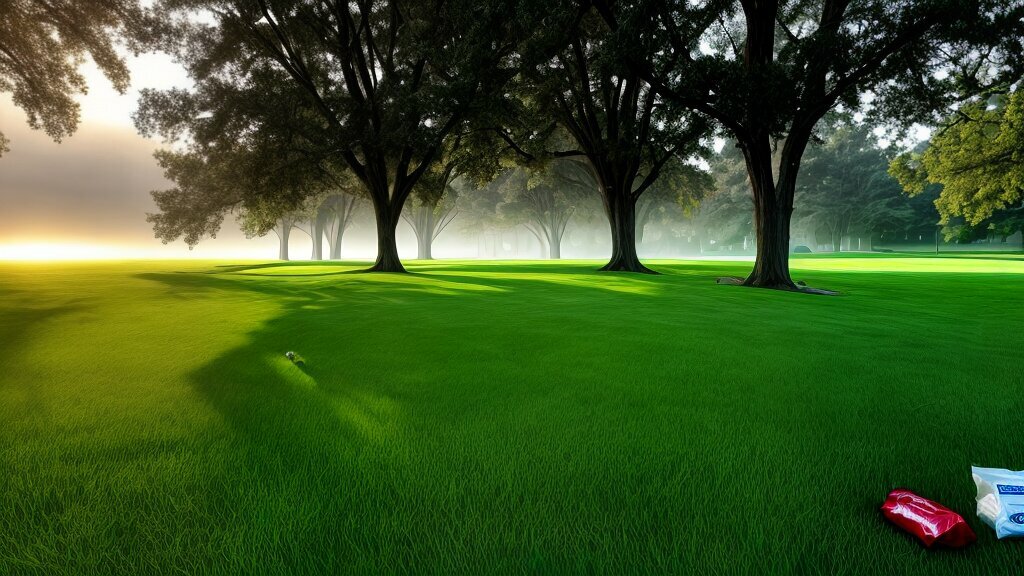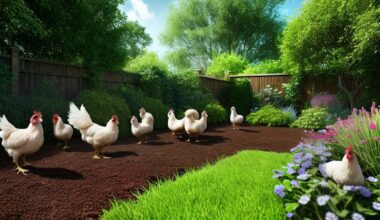Having a lush and green lawn is every homeowner’s dream, but achieving it can be a daunting task. One of the essential steps to achieving this dream is to properly apply weed and feed to your lawn. But when is the perfect time to put down weed and feed in Alabama? In this article, we’ll provide you with some timely lawn care tips that can guide you.
Key Takeaways:
- Proper timing is crucial when it comes to weed and feed application in Alabama.
- Understanding your lawn’s growth patterns and Alabama’s climate is essential to choosing the best time to apply weed and feed.
- Factors such as grass type and environmental conditions also play a significant role in determining the optimal time for weed and feed application.
Understanding the Alabama Climate and Grass Growth Patterns
Before deciding when to apply weed and feed in Alabama, it’s important to understand the state’s unique climate and grass growth patterns. Alabama falls within the humid subtropical region, characterized by hot summers, mild winters, and abundant rainfall.
The optimal season for applying weed and feed in Alabama is during the spring and fall months when the climate is moderate and the grass is actively growing. Specifically, aim to apply in the early spring between March and April and in the early fall between September and October. However, it’s important to note that timing may vary depending on the specific region within Alabama.
During the summer months, Alabama experiences high temperatures and occasional drought conditions. Grass growth may slow down or even stop altogether during this time, making it unsuitable for weed and feed application.
Factors that Affect Grass Growth in Alabama
When deciding when to apply weed and feed in Alabama, several factors must be taken into account. Firstly, different types of grasses have varying growth patterns and seasonal requirements. Warm-season grasses, such as Bermuda, Zoysia, and St. Augustine, typically thrive in Alabama’s climate and require different care than cool-season grasses, such as fescue and bluegrass.
Additionally, soil conditions, shade levels, and drainage can also affect grass growth. For example, areas with heavy clay soils or poor drainage may experience slower grass growth, requiring a different weed and feed application schedule than areas with well-draining soils.
By understanding the climate and grass growth patterns in Alabama and considering factors that affect grass growth, you can determine the optimal timing for weed and feed application and ensure a healthy, vibrant lawn.

Recommended Timing for Weed and Feed Application in Alabama
When it comes to weed and feed application in Alabama, timing is crucial. Applying too early or too late can result in an ineffective treatment. The optimal time for weed and feed application in Alabama is during the spring and fall seasons.
In spring, the ideal time to apply weed and feed is between March and May, depending on the location in Alabama. This time is when the grass begins to grow actively, and the soil temperature reaches approximately 55 °F. Applying weed and feed at this time helps eliminate weeds before they have a chance to grow and spread.
Alternatively, the fall season, between September and November, is also a suitable time for weed and feed application. During this time, the weed and feed application helps to eliminate weeds before they go dormant for the winter season. This helps ensure they do not resurface in the spring season.
It is important to keep in mind that the timing of weed and feed application may vary depending on the type of grass in your lawn. For instance, Bermuda grass should be treated earlier than Zoysia grass, as it grows much faster. Refer to the recommended guidelines for your specific grass type to ensure optimal treatment timing.
Factors That Affect Weed and Feed Application in Alabama
Several factors can affect the timing of weed and feed application in Alabama. These include:
| Factors | How it Affects Weed and Feed Application |
|---|---|
| Soil temperature | It affects the growth rate of the grass, which, in turn, affects the timing of weed and feed application. |
| Rainfall | Applying weed and feed during a rainy season can lead to the product being washed away, reducing its effectiveness. |
| Grass type | The type of grass in your lawn can determine the recommended timing for weed and feed application. |
| Weed type | The type of weed in your lawn can determine the recommended timing for weed and feed application. |
By considering these factors, you can determine the best time to apply weed and feed in your lawn. Additionally, always read the manufacturer’s instructions and recommendations before applying any product to your lawn.

Factors to Consider for Weed and Feed Application in Alabama
If you want to have a healthy lawn, it is important to choose the right time to apply weed and feed to your grass. Here are some factors to consider when determining the best timing for weed and feed application in Alabama:
- Grass Type: Different grass types have varying growth patterns and may require different timing for weed and feed application. For example, warm-season grasses, such as Bermuda and Zoysia, have their peak growth period during the summer which makes it ideal to apply the weed and feed during this season.
- Temperature: The temperature plays a critical role in the effectiveness of weed and feed. It is recommended to apply weed and feed when the temperature is below 85°F to prevent the fertilizer from burning your lawn.
- Moisture: Moisture is also another critical factor to consider when applying weed and feed. It is important to apply weed and feed on a dry lawn, and avoid watering the lawn for at least 24-48 hours after application.
- Weeds: If you have a lot of weeds in your lawn, it is recommended to apply weed and feed during the early spring or fall season. This will ensure that the weeds are killed before they start to grow and spread.

By taking these factors into consideration, you can ensure that your lawn receives the best weed and feed application possible, resulting in a healthy and beautiful lawn.
Conclusion
Caring for your lawn is a year-round task, and knowing when to apply weed and feed in Alabama is crucial for maintaining a healthy, lush lawn. By understanding the climate and grass growth patterns in Alabama, you can determine the best time to apply weed and feed for optimal results.
Remember to consider factors such as weather conditions, soil type, and grass type when deciding when to put down weed and feed in Alabama. Following recommended timing guidelines for weed and feed application in Alabama will help ensure that your lawn receives the nutrients it needs to thrive.
By keeping these tips in mind and following a consistent weed and feed schedule, you can enjoy a beautiful, healthy lawn that will be the envy of your neighborhood.






